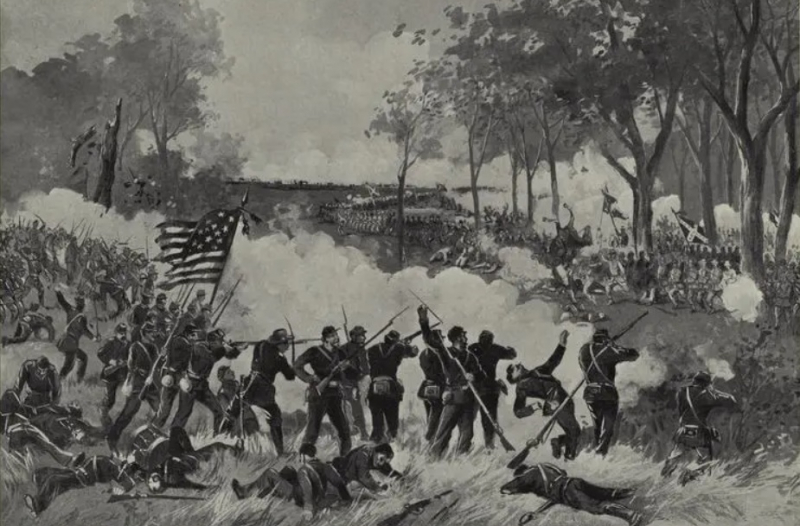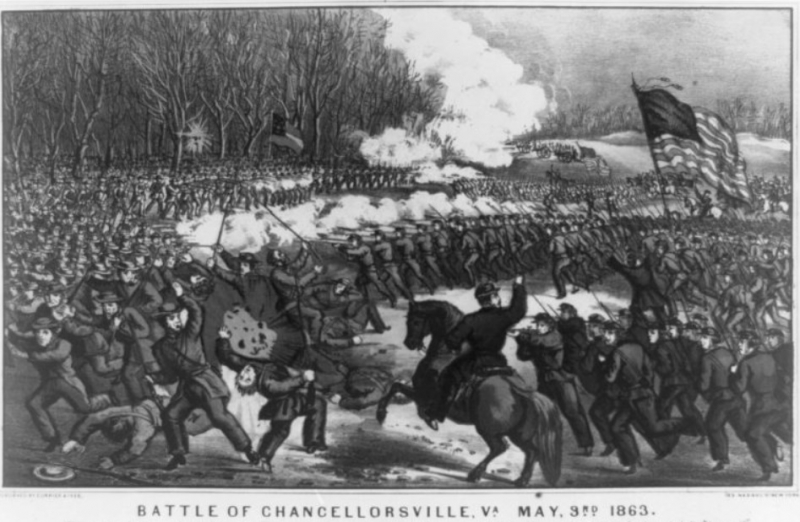The Union evacuation of Hazel Grove proved crucial to the Confederacy's triumph on May 3
The Union evacuation of Hazel Grove proved crucial to the Confederacy's triumph on May 3. Despite Stonewall Jackson's dramatic victory on May 2, 1863, the Union army remained the vastly superior force, occupying several of the most strategic positions on the battlefield. A high, open plateau known as Hazel Grove was one of the most critical and was commonly referred to as the key to the Chancellorsville Battlefield. With its commanding view of the Union defenses at Fairview and Chancellorsville, Hazel Grove was an ideal location for Confederate artillery intending to attack the center of the Federal position.
Col. Edward Porter Alexander of Georgia persuaded Maj. Gen. Jeb Stuart, the interim corps commander, to make its capture the top priority. At dawn on May 3rd, Confederates led by Brig. Gen. James J. Archer charged up the slope of Hazel Grove and captured four artillery pieces and approximately 100 soldiers; nevertheless, this small Union force was already retiring from this strategic high ground. Hooker had, for some reason, ordered the abandonment of this critical position, a crucial miscalculation for which he and his force would pay.
Using the new method of artillery battalions, Alexander loaded 30 guns into Hazel Grove and set them loose on Hooker's defenses. The overwhelming weight of artillery fire from Hazel Grove, combined with other guns along the Orange Turnpike, proved too much for the Union troops gathered around the Chancellorsville clearing. The area was abandoned, and Confederate troops, led by their hero, Robert E. Lee, rode into it victorious.












